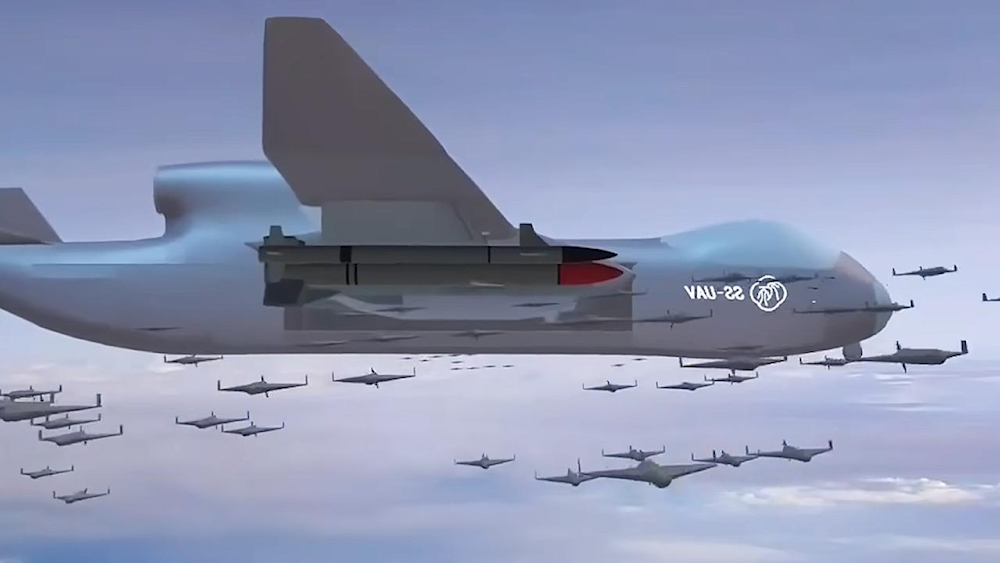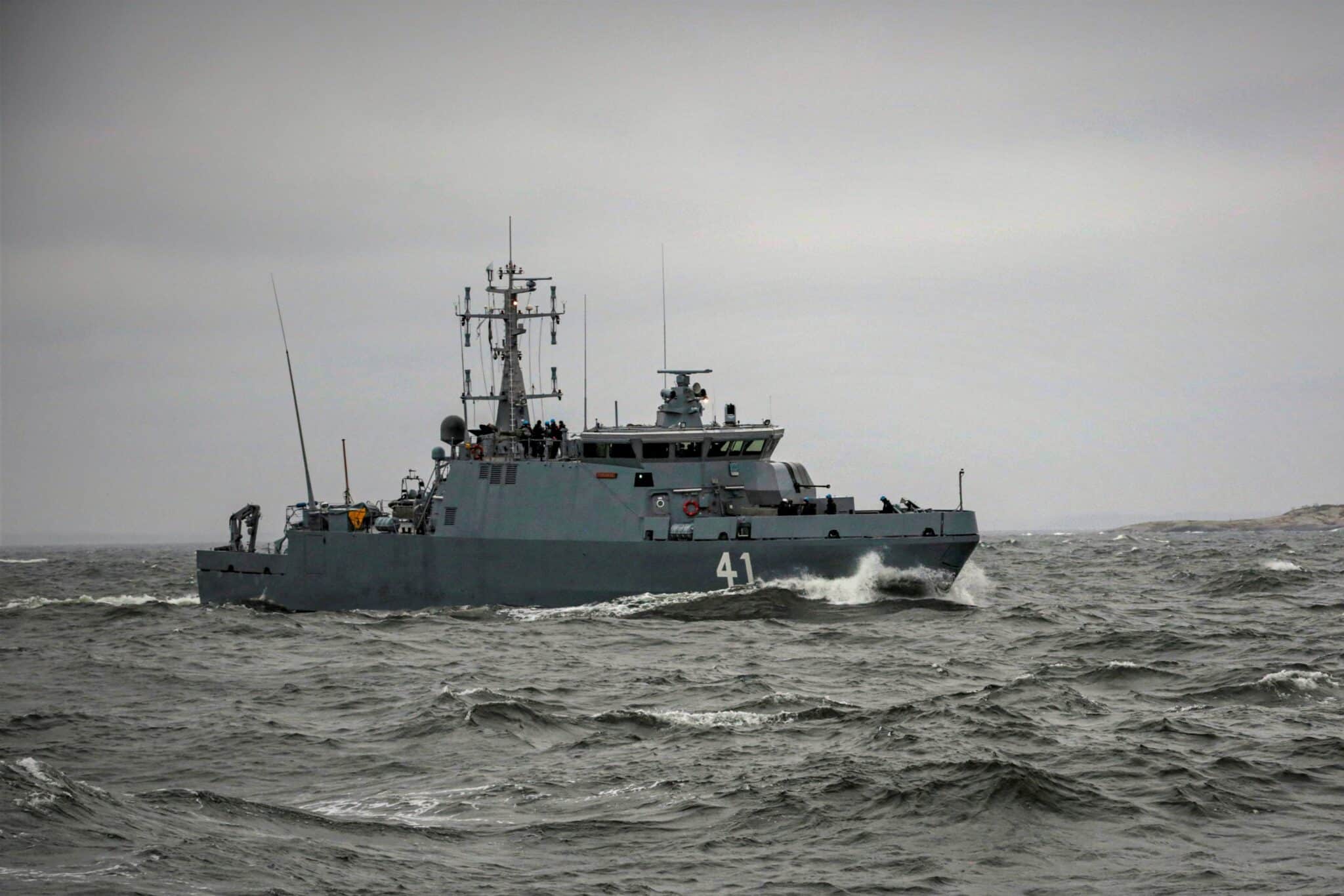
China has unveiled the world’s first aerial aircraft carrier capable of deploying hundreds of automated drones instantly.
The high-altitude mothership, Jiu Tian SS-UAV – an aerial aircraft carrier – is scheduled for its inaugural test flight in June 2025, according to Chinese state media reports.
First showcased at the 15th Zhuhai Airshow, Chinese state outlets describe the Jiu Tian as a significant leap in unmanned aerial technology.
Developed by AVIC in partnership with Shaanxi Unmanned Equipment Technology and Haige Communications, the high-altitude UAV is designed as a force multiplier for China’s drone warfare capabilities. However, questions remain about its ability to fly above and evade modern air defence systems.

One defence source told National Security News: “This UAV carrier has the potential to be an extremely effective battlefield weapon, but it is also a very large target and would be highly vulnerable to air defence systems – irrespective of whatever countermeasures it might be equipped with.”
The Jiu Tian boasts impressive technical specifications, with a maximum takeoff weight of 16 tons and a substantial 25-metre wingspan.
The aircraft can cruise at altitudes of 15,000 metres, which some claim places it beyond the reach of many traditional air defence systems. Chinese media reports suggest it can remain airborne for up to 36 hours during extended missions.
The fourth prototype was completed by April 2025 – just 18 months after the project’s launch – demonstrating China’s accelerated development timeline.
Analysts view the Jiu Tian as part of China’s expanding toolkit for projecting power into contested regions such as the Taiwan Strait, the South China Sea, and potentially as far as Guam.
Despite its altitude capabilities, modern US and allied defence systems – including THAAD, Patriot PAC-3, and Aegis BMD – are equipped to intercept threats at or above the UAV’s cruising height.
The drone’s survivability would depend heavily on the sophistication of opposing defences and would likely require suppression of enemy air defences (SEAD) or support from other PLA assets to operate effectively in contested airspace.
The Jiu Tian programme represents a major investment for China, backed by over 3 billion yuan in funding and developed through an entirely domestic supply chain. This reflects Beijing’s broader ambitions in AI integration and modular UAV design.
While clearly built for military purposes, the drone’s versatility extends to civilian applications including emergency logistics, border patrol, search and rescue, and natural disaster response.
Future operations could potentially include launches from 076-class amphibious ships, giving the PLA enhanced reach in offshore operations and greater naval integration.
Military analysts note that while unmanned systems reduce risks to pilots, they may also lower the threshold for conflict.






























































































































































































































































































